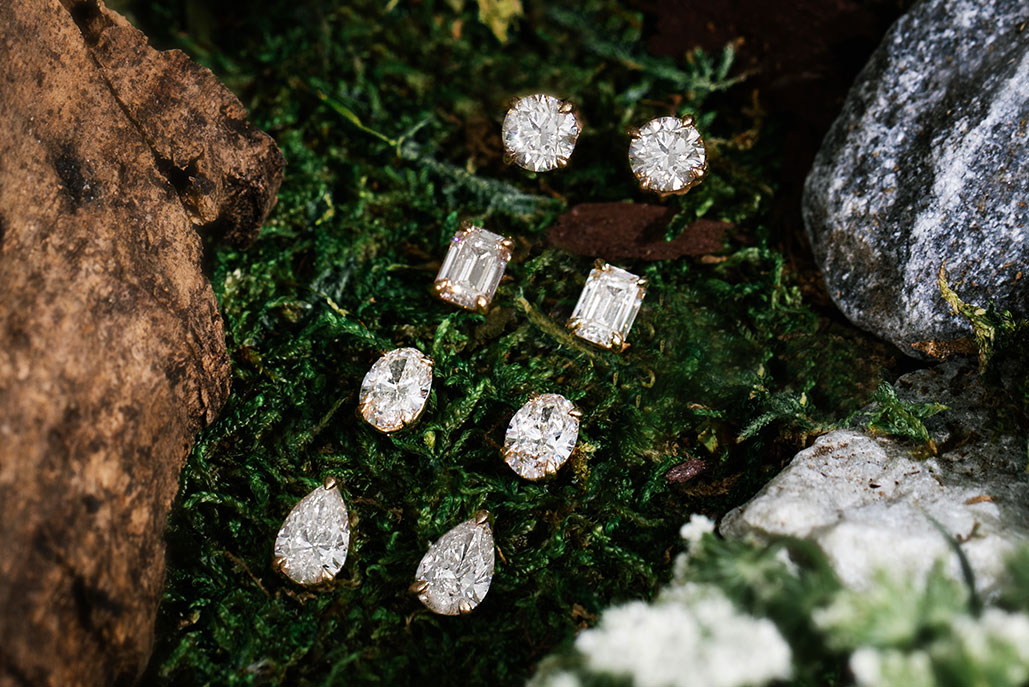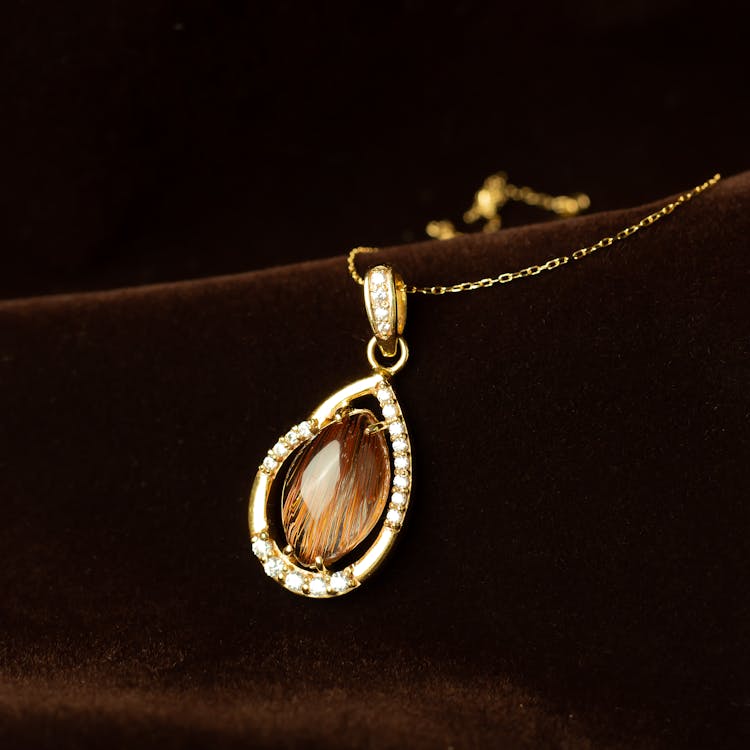When it comes to purchasing a diamond, many buyers wonder, “Does diamond size matter?” This question is essential, especially for those looking for engagement rings or other significant jewelry pieces. In this article, we’ll explore the importance of diamond size, how it influences overall appearance, and other factors that play a crucial role in your decision-making process.
The Significance of Diamond Size
One of the most common questions people ask is whether diamond size matters in terms of visual impact. Larger diamonds are often seen as more prestigious and desirable, making size an important factor in many buyers’ decisions. While carat weight is a straightforward measure of size, it’s essential to understand that size alone doesn’t determine a diamond’s beauty or value.
How Carat Weight Affects Size Perception
Carat weight is the measurement used to determine how much a diamond weighs. One carat equals 0.2 grams, and as the weight increases, the size typically appears larger. However, it’s crucial to remember that diamond size matters not only because of carat weight but also due to the cut and shape of the diamond. A well-cut diamond can appear larger than its carat weight suggests, while a poorly cut diamond may look smaller.
The Role of Cut in Diamond Size
The cut of a diamond significantly impacts how it reflects light, which affects its perceived size. A well-cut diamond will have a brilliance that can make it appear larger and more striking, while a poorly cut diamond may not have the same visual impact, even if it has a higher carat weight. This leads us to the conclusion that diamond size matters, but it’s also essential to prioritize the cut quality to enhance the overall appearance.
Choosing the Right Shape for Size Perception
Different diamond shapes can also influence how large a diamond appears. For example, elongated shapes like oval or marquise diamonds often appear larger than round diamonds of the same carat weight. When considering how diamond size matters, it’s essential to think about the shape you prefer and how it will affect the visual impression of size.
Setting Matters: How It Affects Perceived Size
The setting of a diamond plays a crucial role in its overall appearance and perceived size. A solitaire setting may make a diamond appear more prominent, while intricate settings with multiple smaller stones can create the illusion of a larger diamond. When thinking about how diamond size matters, consider how the setting complements the stone and enhances its overall appearance.
The Importance of Proportions
Proportions are another factor that influences how diamond size matters. The dimensions of a diamond—its height, width, and depth—can affect how light enters and reflects off the stone, impacting its brilliance and size perception. A well-proportioned diamond will have an appealing appearance, making it look larger and more stunning.
The Emotional Aspect of Diamond Size
Beyond aesthetics, the size of a diamond can also carry emotional significance. For many, a larger diamond symbolizes love and commitment, particularly in the context of engagement rings. Understanding that diamond size matters can help you select a stone that resonates with your personal values and the message you want to convey.
Budget Considerations: Balancing Size and Quality
While many buyers focus on diamond size, it’s essential to balance this with your budget. Larger lab created diamonds tend to be more expensive, and it can be tempting to compromise on quality for size. However, it’s important to remember that the best choice is one that balances both size and quality, ensuring you get a beautiful stone without exceeding your budget. When considering your options, always remember that diamond size matters, but quality shouldn’t be overlooked.
Conclusion
In conclusion, diamond size matters, but it is not the only factor to consider when selecting a diamond. While carat weight provides a straightforward measure of size, factors like cut, shape, setting, and proportions all play essential roles in the overall appearance and value of the diamond. Ultimately, finding the right balance between size and quality will lead you to the perfect diamond that meets your aesthetic desires and emotional needs.


-poster-00001.jpg)
